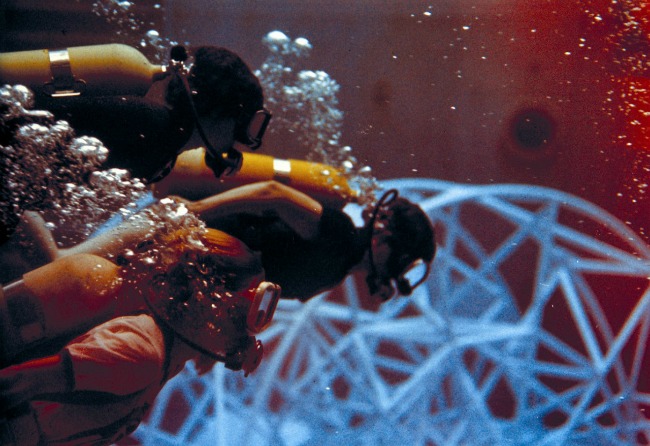An underwater data center sounds like the stuff of futuristic science fiction, but Microsoft intends to make it a reality with Project Natick. The tech giant just made the project’s website public, providing a great visual summary of what to anticipate.
In Microsoft’s own words: “Project Natick seeks to understand the benefits and difficulties in deploying subsea data centers worldwide. We did so by designing, building, and deploying our own subsea data center in the ocean, all in about a year.” Various members of the Natick team elaborated on the project in this video.
Project Natick’s experimental prototype vessel is named Leona Philpot, after a character in Microsoft’s “Halo” video game franchise. The prototype was completed in August of 2015 and launched off the Pacific coast where it operated on the seafloor and underwent a variety of different tests.
The development provides many possible positive implications for future tech, as well as productivity in general.
Progressive Environmental Sustainability
As harmful environmental impacts like global warming affect everything — from crop growth to overheating servers — it makes sense a company like Microsoft would be proactive in ensuring storage and data methods are geared toward the future. Project Natick highlights environmental sustainability in addition to the lower costs and higher efficiency it provides.
Microsoft is wisely banking on cloud computing representing a big part of data solutions now and in the future, which is why Project Natick is based around this concept. Specifically, Natick will aid users who are close to large bodies of water — half of society can rightfully claim this — via contained offshore data centers that run on technology very similar to Natick.
The operational aspect of the project involves heavy reliance on green energy, with the data centers being fully recyclable. They’ll be made from recyclable materials that will again be recycled at their expiration. Plus, being underwater means zero emission — no power generation or computer byproducts are emitted in our environment and air, and despite being underwater, the centers don’t use a drop of water for cooling or other purposes. Additionally, the team noticed no disturbance in the ecosystem when the Leona Philpot was deployed.
Quick Demand Fulfillment
The prospect of an underwater data center sounds like it would take years to build. Not so with Project Natick. Microsoft touts the “ability to deploy a data center from start to finish in 90 days” on the project’s site — noting how the fast response time is particularly adept to fulfilling market demand, especially in the case of natural disasters.
Secure, underwater data centers during these instances could provide victims with data services that could save lives and help keep communication lines open. Natural disasters of the past have shown rampant outages.
Not only does this fast response time increase productivity in general, but the project’s intent to exist in large bodies of water is very wide-reaching for everyone’s benefit. The system increases the availability of data access to the public, which reduces latency and provides everyone with a faster experience — aiding in overall productivity.
A Natick data center is projected to last an average of five years. That’s quite a feat considering it only takes 90 days to build. In addition, the project’s expert developers are working hard to ensure cooling mechanisms, general security of the infrastructure and other technical operations of the machine work as efficiently as they possibly can so malfunctions will be minimal to none when it’s fully operable.
Considering that its materials are recycled after use, no emissions are released into the air, and it provides benefits to around half of the world’s population, it’s safe to say that Project Natick will have a big impact on future technology, productivity in business and the population in general over the next several years.
[mc4wp_form]
Recent Stories
Follow Us On
Get the latest tech stories and news in seconds!
Sign up for our newsletter below to receive updates about technology trends















